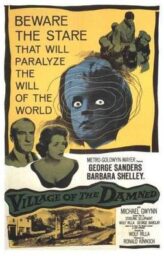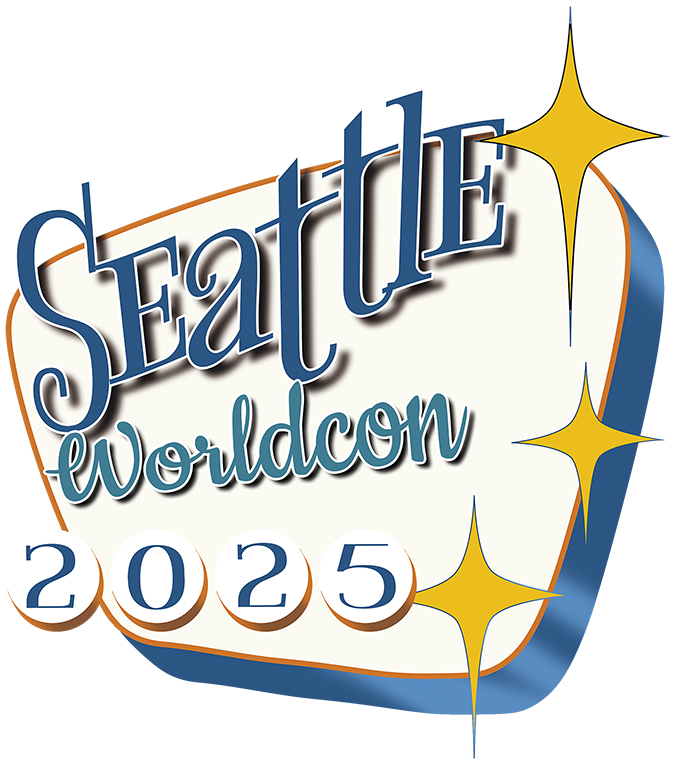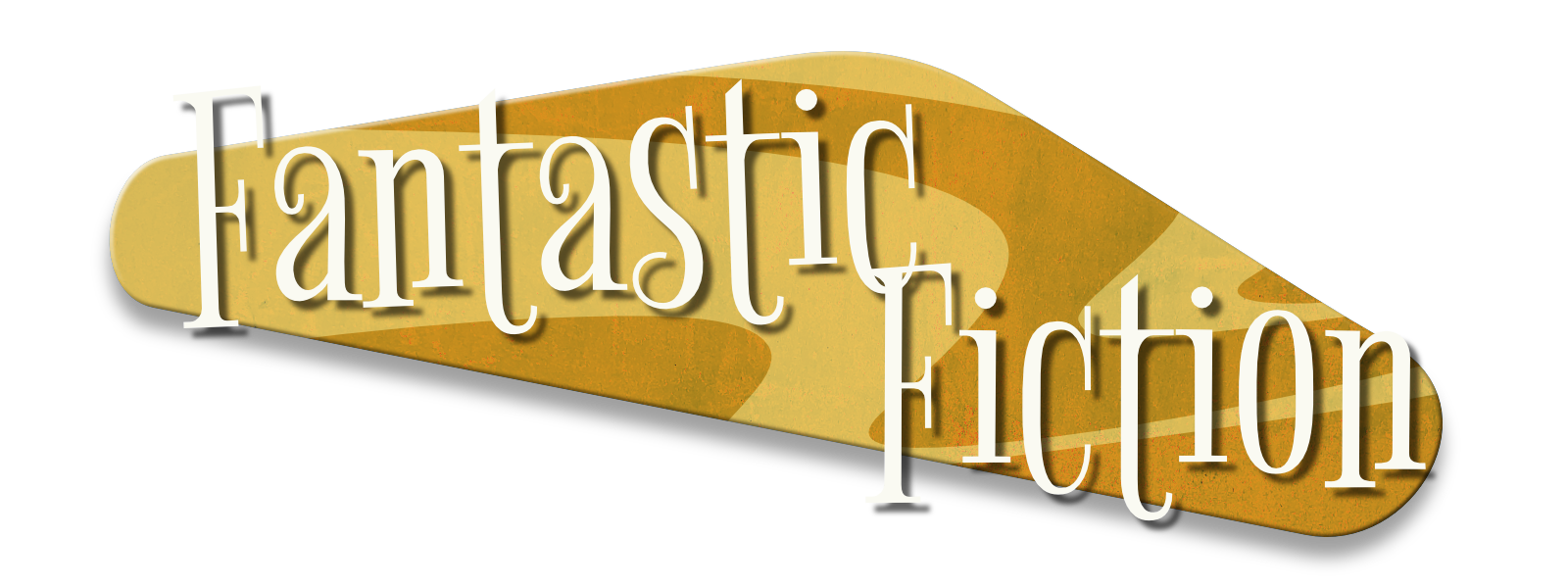Visitors to Seattle’s first Worldcon, in 1961, would have been voting in one of six Hugo Award categories for the best dramatic presentation of 1960. With Halloween on the way, why not get in the mood with one of that year’s strong contenders: Village of the Damned.
 Village of the Damned is an engaging and faithful adaptation of John Wyndham’s “cozy catastrophe” novel The Midwich Cuckoos, maintaining and building on the creepiness of the story, though sadly (if understandably) losing some of the clever characterisation of the village and its inhabitants.
Village of the Damned is an engaging and faithful adaptation of John Wyndham’s “cozy catastrophe” novel The Midwich Cuckoos, maintaining and building on the creepiness of the story, though sadly (if understandably) losing some of the clever characterisation of the village and its inhabitants.
The story, for those who are unfamiliar, involves a small English village, Midwich, whose inhabitants experience a mysterious blackout, with all living things in the vicinity rendered unconscious. Shortly afterwards the women of the village are discovered to be pregnant, and, after an accelerated gestation, they give birth to strange blonde-haired children with golden eyes. As the children grow, they show signs of telepathic linkage or perhaps a group mind, and start to exert mental control on the human villagers. As the threat to humanity becomes clearer, one villager, Zellaby (George Sanders), attempts to be the first to broker communication between the species, but then is led to a much more drastic solution.
The cast is a good one, with a lot of solid British character actors playing familiar roles. One can’t help but wonder how George Sanders managed to marry someone as beautiful as Barbara Shelley. One unconvincing burning house aside, the special effects are quite well handled, particularly the glow in the children’s eyes when they exercise their mental powers, and the visual metaphor of a crumbling brick wall illustrating Zellaby’s attempts to resist the children and their assaults on his psyche. The children could have come across as silly and contrived, but instead are genuinely terrifying, with Martin Stephens’ stilted delivery as their leader, David, giving the sense of an alien intelligence in a human body.
 The cast is streamlined from the novel, which is a mixed blessing. On the one hand, making Zellaby the father, rather than the grandfather, of one of the children lends the situation extra urgency and increases the personal stakes. On the other, we lose the intricate portrait of a village seething with small personal dramas developed in Wyndham’s novel. This may have been due to the studio’s original (and fortunately abandoned) idea of relocating the action to an American small town. The children’s creepiness is perhaps a little too convincing, to the point where you really wonder why Zellaby is bothering to try and reach them; in the novel, there was more of a sense of ambivalence and an understanding of how the parental bond might cause people to feel love even for alien creatures. The ending, also, has been built up from the relatively quiet climax of the novel, complete with torch-bearing villagers and tragedy.
The cast is streamlined from the novel, which is a mixed blessing. On the one hand, making Zellaby the father, rather than the grandfather, of one of the children lends the situation extra urgency and increases the personal stakes. On the other, we lose the intricate portrait of a village seething with small personal dramas developed in Wyndham’s novel. This may have been due to the studio’s original (and fortunately abandoned) idea of relocating the action to an American small town. The children’s creepiness is perhaps a little too convincing, to the point where you really wonder why Zellaby is bothering to try and reach them; in the novel, there was more of a sense of ambivalence and an understanding of how the parental bond might cause people to feel love even for alien creatures. The ending, also, has been built up from the relatively quiet climax of the novel, complete with torch-bearing villagers and tragedy.
Overall, I would say this is a sensitive adaptation of the novel, keeping its sense of the uncanny visited on the ordinary, while rendering the story more cinematic and accessible. Four and a half stars.
What do you think? Did the 1961 Hugo voters get it wrong when they passed over Village of the Damned for The Twilight Zone? What are your favorite gems from our classic science fiction era?
Fiona Moore is a writer and critic who reviews movies for Galactic Journey, mostly covering the films which are too scary, terrible or weird for normal people.

